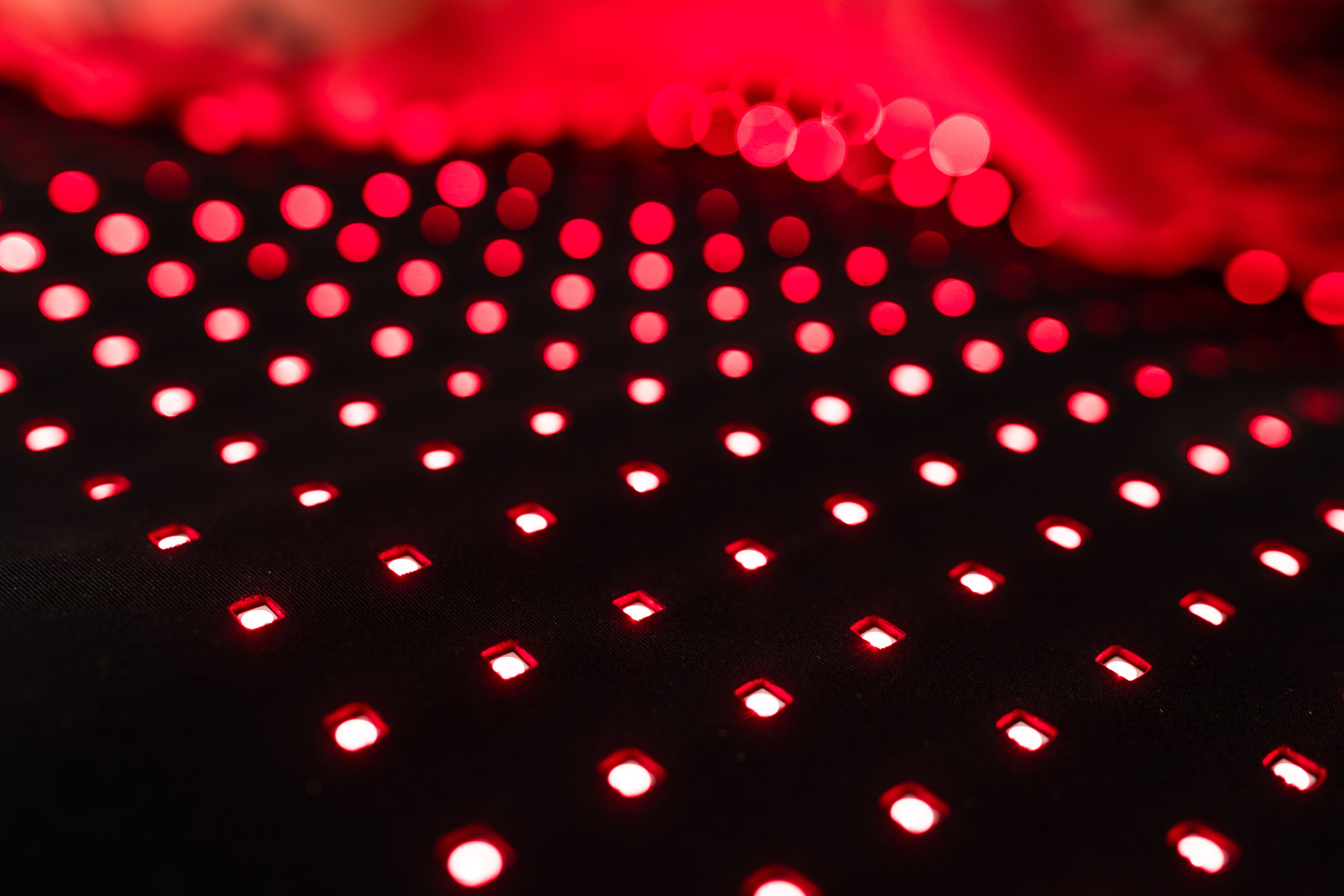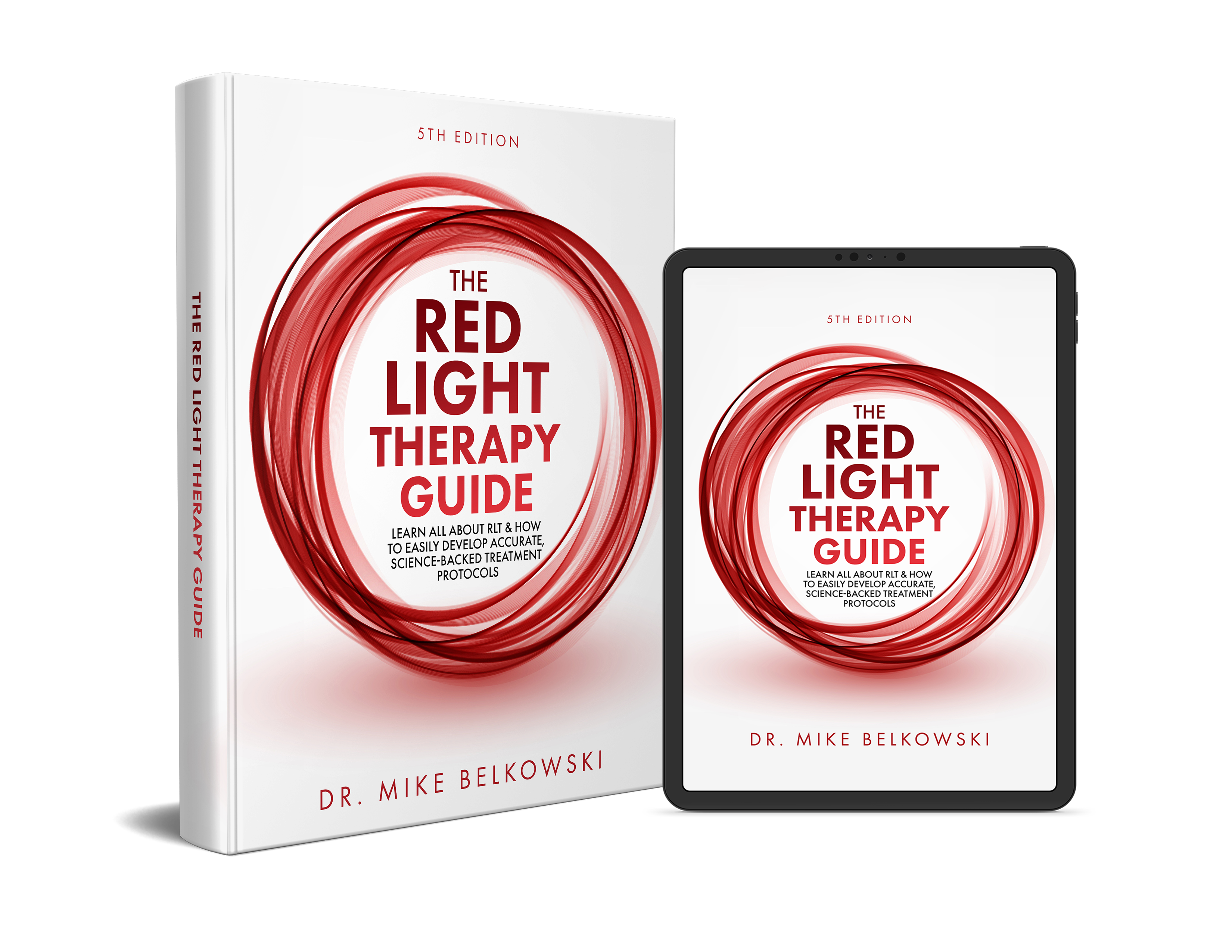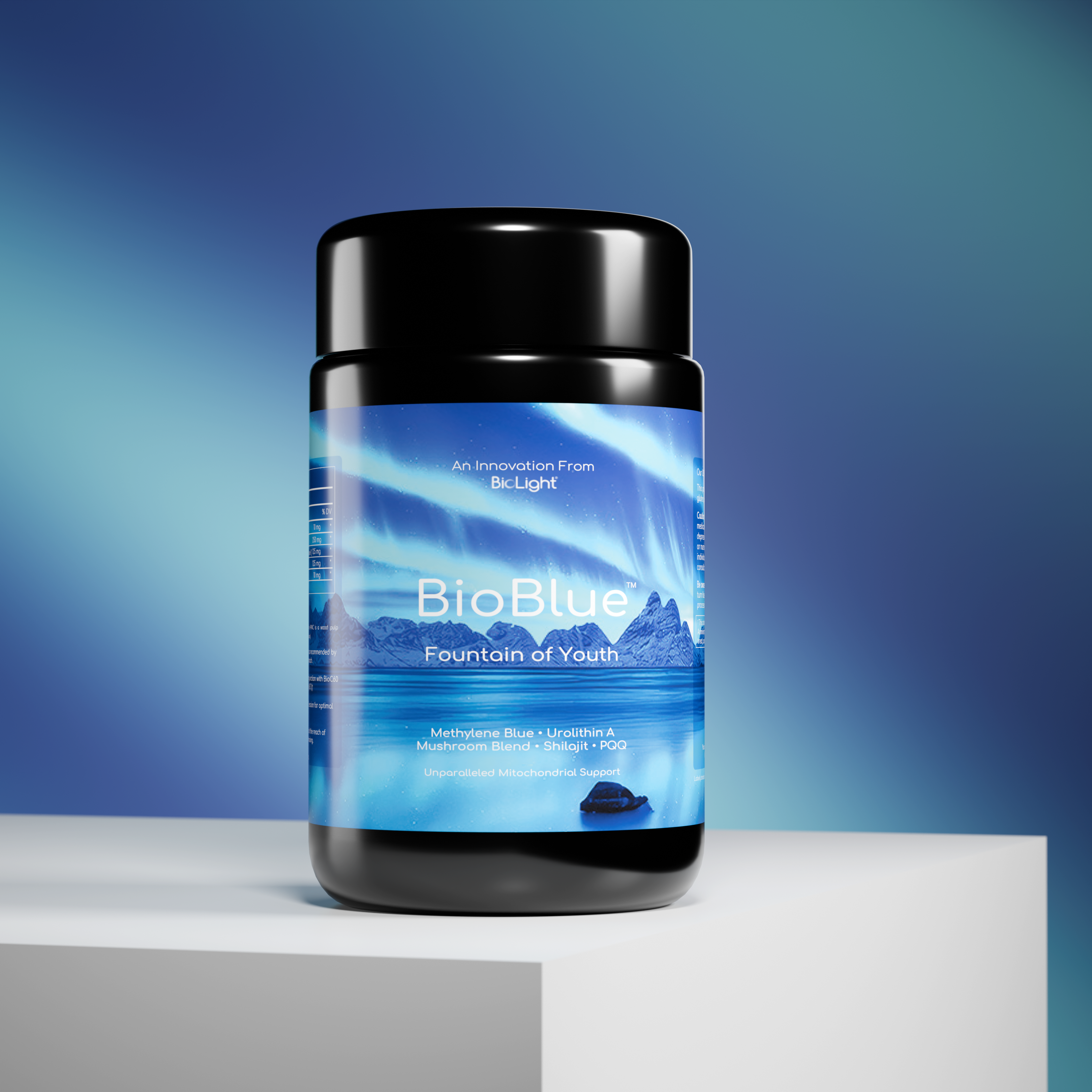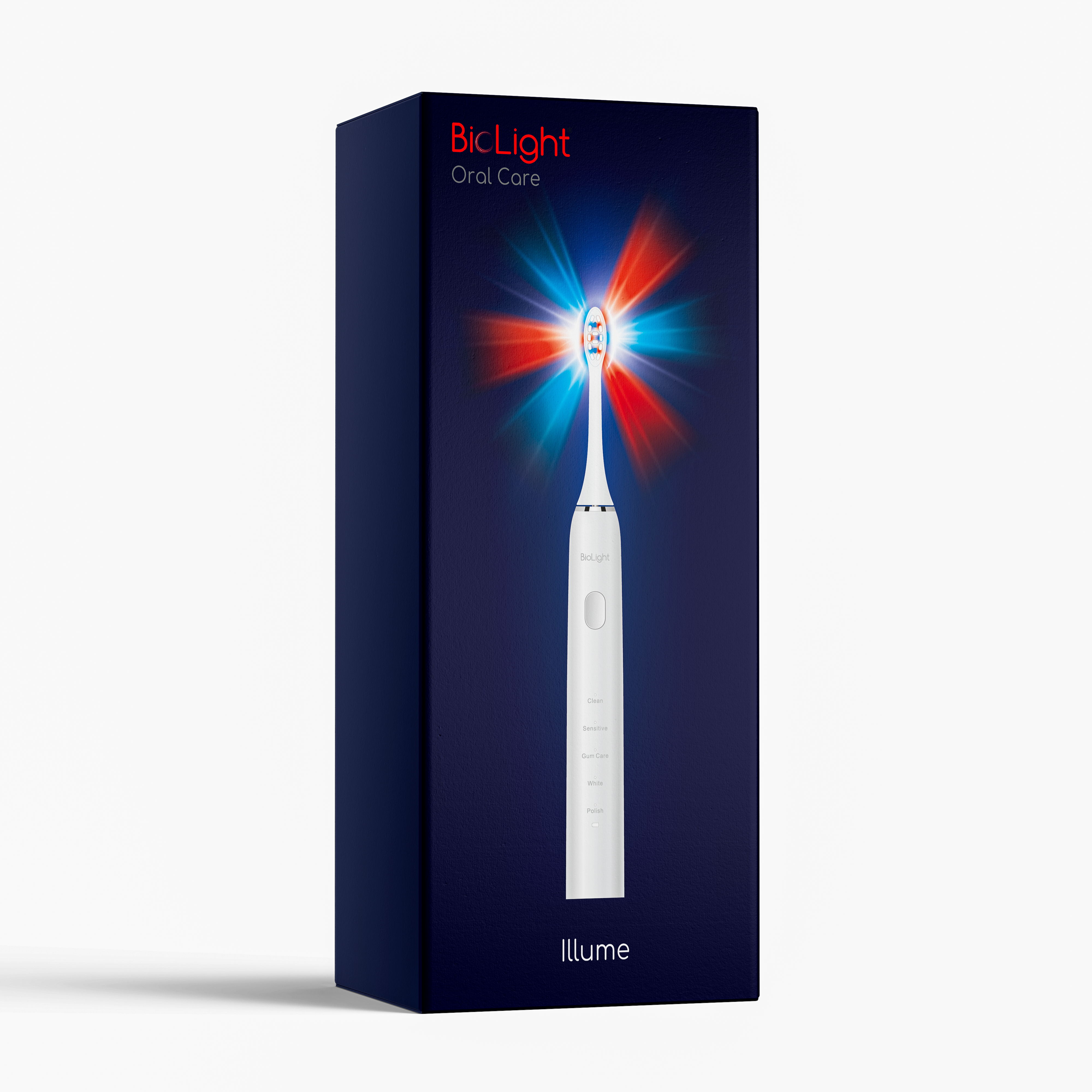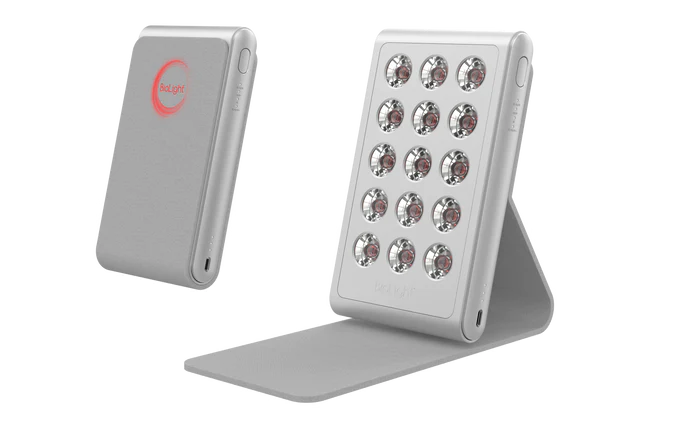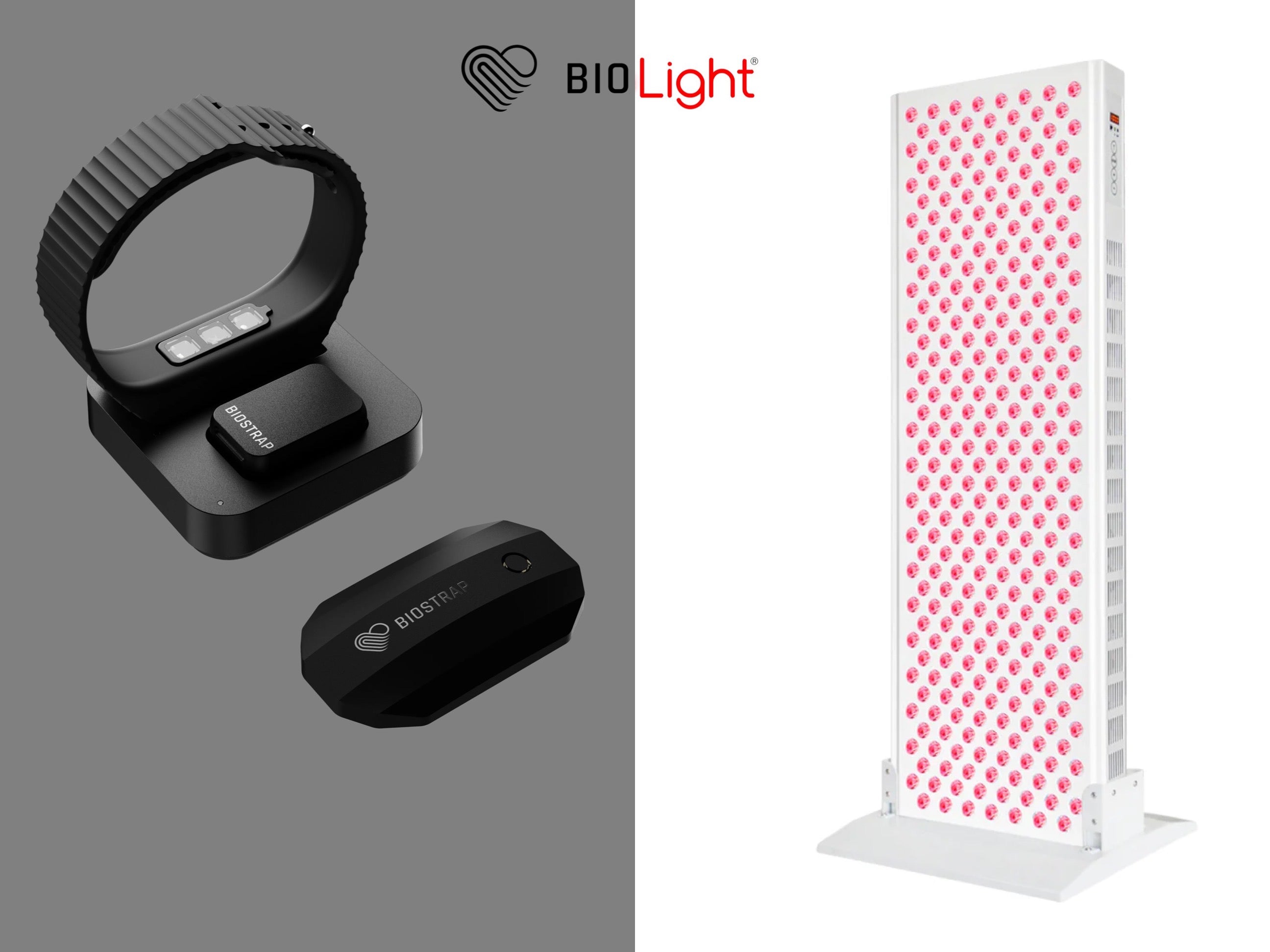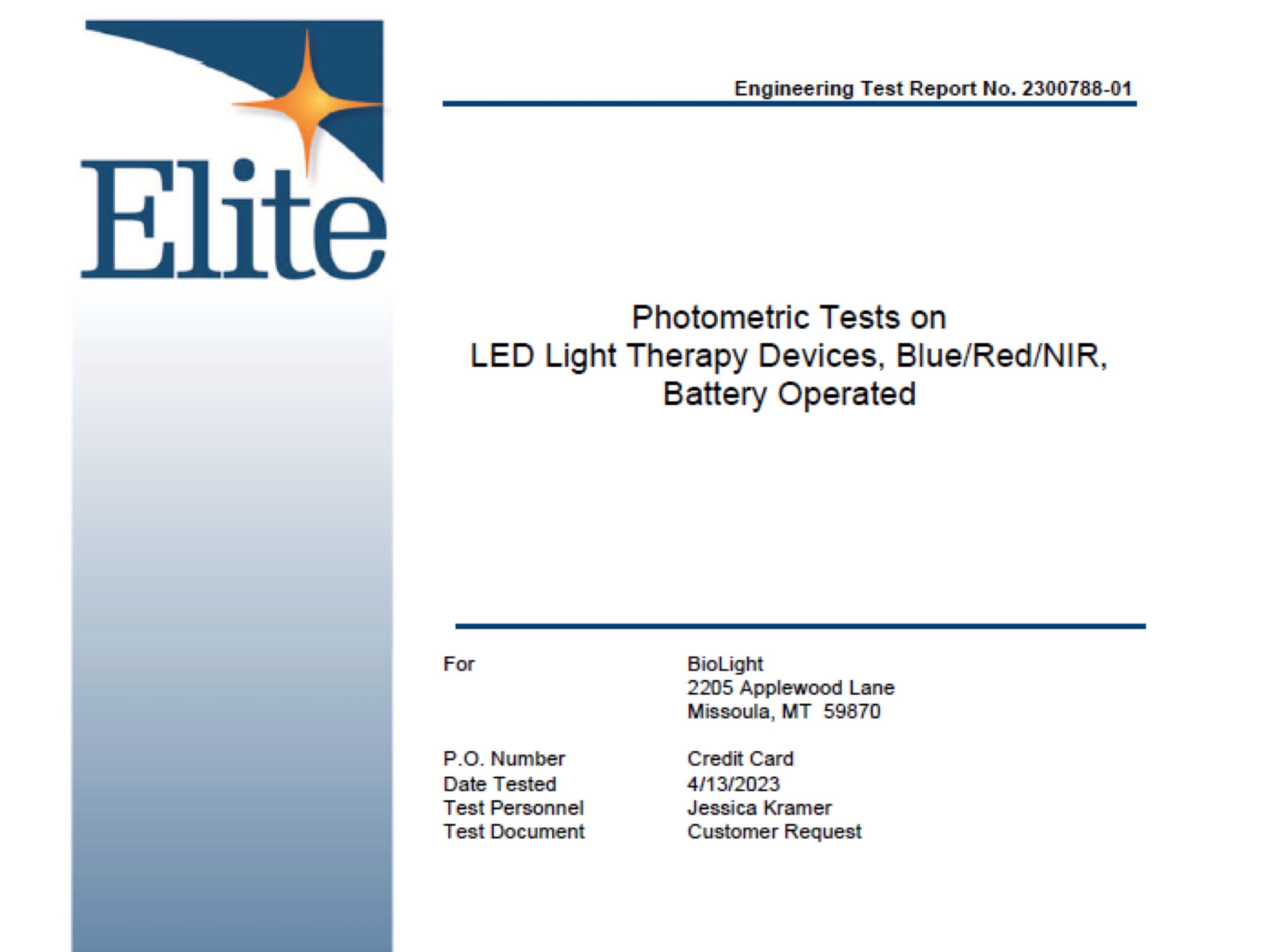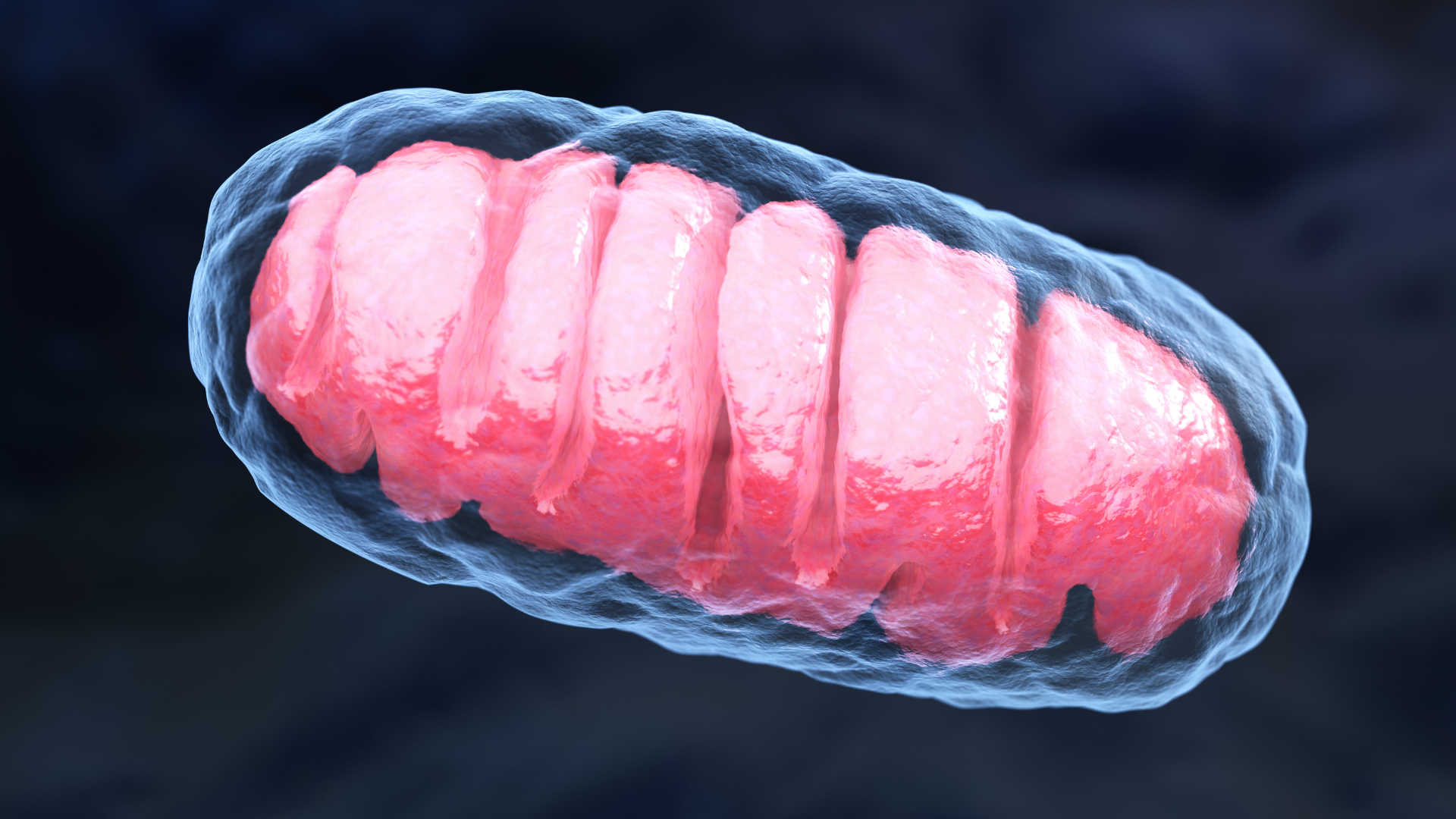Photodynamic therapy (PDT) is an innovative treatment that leverages light-sensitive compounds to combat various medical conditions, including cancer and infections. Methylene Blue, a versatile dye, plays a crucial role in PDT. In this blog, we will explore how Methylene Blue is used in photodynamic therapy, its mechanisms, and its applications in modern medicine.
The Basics of Photodynamic Therapy
What is Photodynamic Therapy?
Photodynamic therapy is a treatment that combines a photosensitizing agent with light exposure to destroy targeted cells. The photosensitizing agent, such as Methylene Blue, is applied to the affected area and then activated by specific wavelengths of light, producing reactive oxygen species (ROS) that kill the cells.
Why Methylene Blue?
Methylene Blue is an effective photosensitizer due to its ability to generate ROS upon light activation. Its safety profile and effectiveness make it a popular choice in PDT.
Mechanisms of Methylene Blue in PDT
Generation of Reactive Oxygen Species
When exposed to light, Methylene Blue undergoes a chemical reaction that produces ROS. These reactive molecules damage cellular components, leading to cell death. This mechanism is particularly effective in targeting cancer cells and bacteria.
Selective Targeting
Methylene Blue preferentially accumulates in rapidly dividing cells, such as cancer cells, making PDT highly selective. This selectivity minimizes damage to surrounding healthy tissue, a significant advantage over traditional therapies like chemotherapy and radiation.
Applications of Photodynamic Therapy with Methylene Blue
Cancer Treatment
PDT with Methylene Blue has shown promise in treating various cancers, including skin, oral, and bladder cancers. By applying the dye directly to the tumor and exposing it to light, clinicians can target and destroy cancer cells while sparing healthy tissue. This approach reduces side effects and improves patient outcomes.
Antimicrobial Therapy
In addition to cancer treatment, Methylene Blue-based PDT is effective against infections. It can disrupt bacterial cell walls and inhibit biofilm formation, making it useful in treating chronic wounds and resistant infections. PDT offers a non-invasive alternative to antibiotics, addressing the growing concern of antibiotic resistance.
Dermatological Applications
PDT is also used in dermatology to treat conditions like acne and psoriasis. Methylene Blue helps reduce inflammation and kill bacteria on the skin, improving these conditions with minimal side effects.
Considerations and Future Directions
Safety and Efficacy
PDT with Methylene Blue is generally safe and well-tolerated. However, it is important to perform the treatment under medical supervision to ensure proper dosing and light exposure. Potential side effects include mild skin irritation and photosensitivity, which are usually temporary.
Advancements in Technology
Advancements in light delivery systems and photosensitizer formulations continue to improve the efficacy and safety of PDT. Researchers are exploring new applications and optimizing protocols to expand the use of this innovative treatment.
Embracing the Future of Photodynamic Therapy
Photodynamic therapy with Methylene Blue represents a powerful and versatile treatment option for various medical conditions. Its ability to selectively target and destroy harmful cells while preserving healthy tissue highlights its potential in modern medicine. As research and technology advance, PDT is poised to become an even more integral part of therapeutic strategies, offering hope to patients worldwide.
